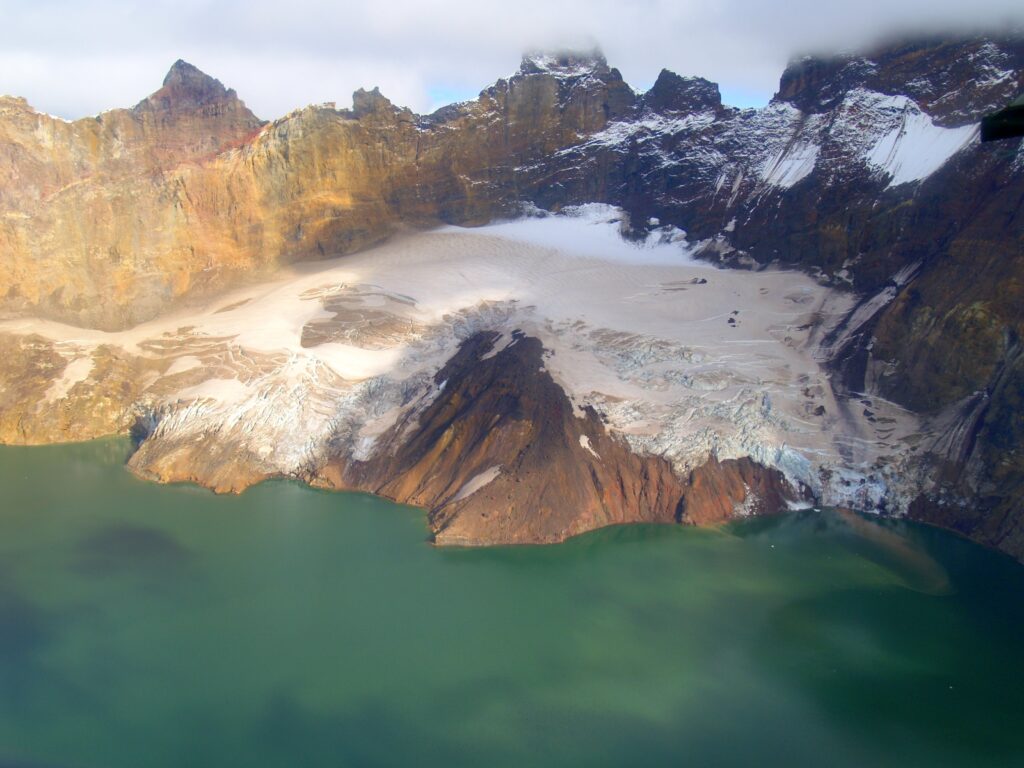June 6th, 1912, saw the start of a seismic event in Alaska that would go on to create the most voluminous volcanic eruption of the 20th century: the eruption of Novarupta. Located on the Alaska Peninsula in the Katmai area, Novarupta isn’t as well known as the nearby Mount Katmai, yet it created an eruption that was thirty times stronger than the infamous explosion of Mount St. Helens in 1980.
Over the span of 60 hours, Novarupta spewed approximately 15 cubic kilometers of magma and ash into the sky, with the ash cloud reaching heights of over 20 miles. This colossal eruption led to what is now known as the ‘Valley of Ten Thousand Smokes’, where pyroclastic flows filled a valley adjacent to Novarupta, causing steam to vent from the ash deposits for many years.
This event was initially attributed to Mount Katmai, as its summit collapsed during the eruption, forming a caldera. The eruption did result in a significant loss of animal and plant life, mostly due to the remote location of the volcano. However, it had profound effects on global climate and aviation, as the ejected ash traveled around the globe and caused disruptions.
The Novarupta eruption is a stark reminder of the formidable forces that lie beneath the Earth’s crust. Its study continues to provide valuable insights into volcanic activities and aids in improving eruption prediction techniques.
References:
https://www.nps.gov/articles/aps-v11-i1-c2.htm
https://geology.com/novarupta/
https://avo.alaska.edu/volcanoes/activity.php?volcname=novarupta&eruptionid=456




